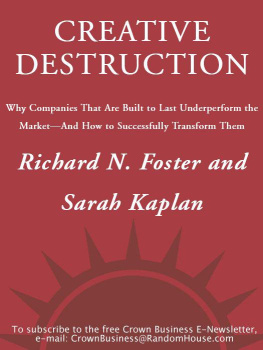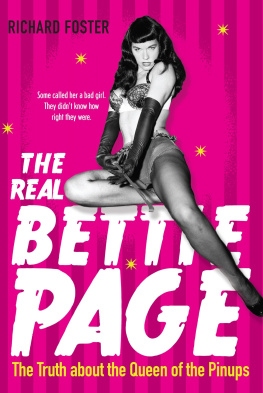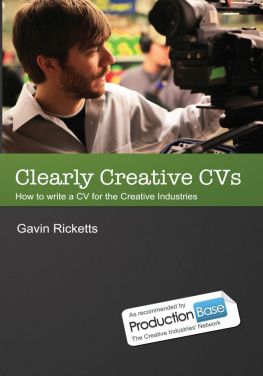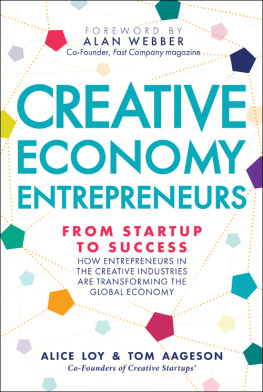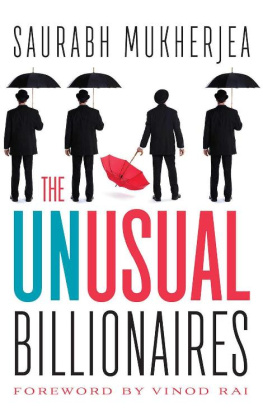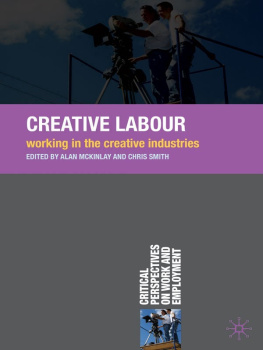Richard Foster - Creative Destruction: Why Companies That Are Built to Last Underperform the Market--And How to Successfully Transform Them
Here you can read online Richard Foster - Creative Destruction: Why Companies That Are Built to Last Underperform the Market--And How to Successfully Transform Them full text of the book (entire story) in english for free. Download pdf and epub, get meaning, cover and reviews about this ebook. year: 2001, publisher: Crown Business, genre: Business. Description of the work, (preface) as well as reviews are available. Best literature library LitArk.com created for fans of good reading and offers a wide selection of genres:
Romance novel
Science fiction
Adventure
Detective
Science
History
Home and family
Prose
Art
Politics
Computer
Non-fiction
Religion
Business
Children
Humor
Choose a favorite category and find really read worthwhile books. Enjoy immersion in the world of imagination, feel the emotions of the characters or learn something new for yourself, make an fascinating discovery.
- Book:Creative Destruction: Why Companies That Are Built to Last Underperform the Market--And How to Successfully Transform Them
- Author:
- Publisher:Crown Business
- Genre:
- Year:2001
- Rating:3 / 5
- Favourites:Add to favourites
- Your mark:
Creative Destruction: Why Companies That Are Built to Last Underperform the Market--And How to Successfully Transform Them: summary, description and annotation
We offer to read an annotation, description, summary or preface (depends on what the author of the book "Creative Destruction: Why Companies That Are Built to Last Underperform the Market--And How to Successfully Transform Them" wrote himself). If you haven't found the necessary information about the book — write in the comments, we will try to find it.
In striking contrast to such bibles of business literature as In Search of Excellence and Built to Last, Richard N. Foster and Sarah Kaplan draw on research they conducted at McKinsey & Company of more than one thousand corporations in fifteen industries over a thirty-six-year period. The industries they examined included old-economy industries such as pulp and paper and chemicals, and new-economy industries like semiconductors and software. Using this enormous fact base, Foster and Kaplan show that even the best-run and most widely admired companies included in their sample are unable to sustain their market-beating levels of performance for more than ten to fifteen years. Foster and Kaplans long-term studies of corporate birth, survival, and death in America show that the corporate equivalent of El Dorado, the golden company that continually outperforms the market, has never existed. It is a myth.
Corporations operate with management philosophies based on the assumption of continuity; as a result, in the long term, they cannot change or create value at the pace and scale of the markets. Their control processes, the very processes that enable them to survive over the long haul, deaden them to the vital and constant need for change. Proposing a radical new business paradigm, Foster and Kaplan argue that redesigning the corporation to change at the pace and scale of the capital markets rather than merely operate well will require more than simple adjustments. They explain how companies like Johnson and Johnson , Enron, Corning, and GE are overcoming cultural lock-in by transforming rather than incrementally improving their companies. They are doing this by creating new businesses, selling off or closing down businesses or divisions whose growth is slowing down, as well as abandoning outdated, ingrown structures and rules and adopting new decision-making processes, control systems, and mental models. Corporations, they argue, must learn to be as dynamic and responsive as the market itself if they are to sustain superior returns and thrive over the long term.
In a book that is sure to shake the business world to its foundations, Creative Destruction, like Re-Engineering the Corporation before it, offers a new paradigm that will change the way we think about business.
From the Hardcover edition.
Richard Foster: author's other books
Who wrote Creative Destruction: Why Companies That Are Built to Last Underperform the Market--And How to Successfully Transform Them? Find out the surname, the name of the author of the book and a list of all author's works by series.

